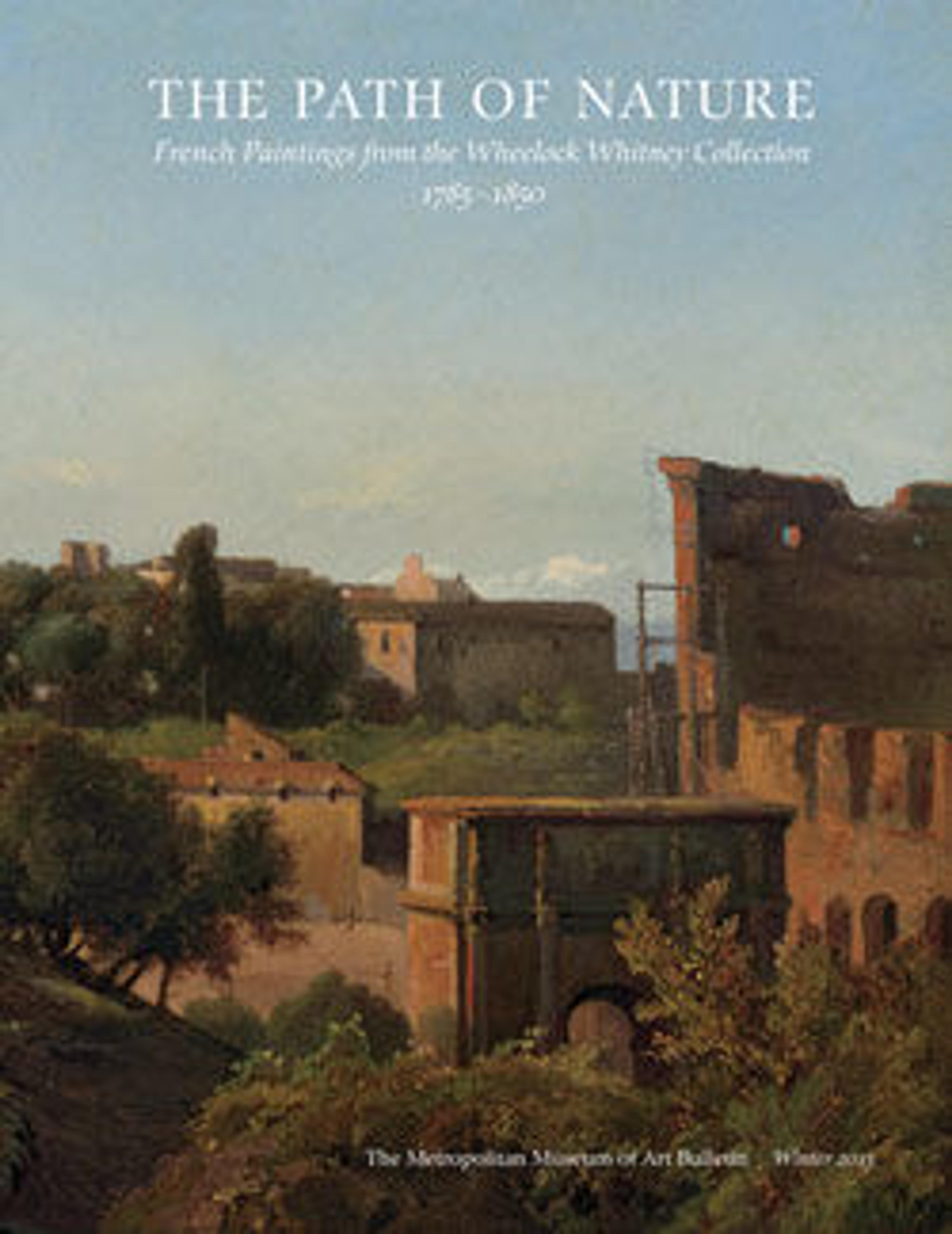Pilgrims Arriving at Rome during the Jubilee
"The Holy Year is on; every day one meets pilgrims in groups or singly who have come to put the [holy] water to their mouths." So wrote Bonnefond’s contemporary, the painter Jean-Victor Schnetz, to describe the presence in Rome of Catholic pilgrims seeking indulgences, all of them dressed in their traditional native costumes. The scallop shells affixed to the garments of these figures, a symbol of baptism, are attributes of the Apostle James the Greater: perhaps they are veterans of a pilgrimage to the saint’s reputed burial place, the Cathedral of Santiago de Compostela in Spain.
Artwork Details
- Title:Pilgrims Arriving at Rome during the Jubilee
- Artist:Claude Bonnefond (French, Lyons 1796–1860 Lyons)
- Date:1826
- Medium:Oil on canvas
- Dimensions:18 1/4 x 14 3/8 in. (46.3 x 36.5 cm)
- Classification:Paintings
- Credit Line:The Whitney Collection, Promised Gift of Wheelock Whitney III, and Purchase, Gift of Mr. and Mrs. Charles S. McVeigh, by exchange, 2003
- Object Number:2003.42.6
- Curatorial Department: European Paintings
More Artwork
Research Resources
The Met provides unparalleled resources for research and welcomes an international community of students and scholars. The Met's Open Access API is where creators and researchers can connect to the The Met collection. Open Access data and public domain images are available for unrestricted commercial and noncommercial use without permission or fee.
To request images under copyright and other restrictions, please use this Image Request form.
Feedback
We continue to research and examine historical and cultural context for objects in The Met collection. If you have comments or questions about this object record, please contact us using the form below. The Museum looks forward to receiving your comments.
